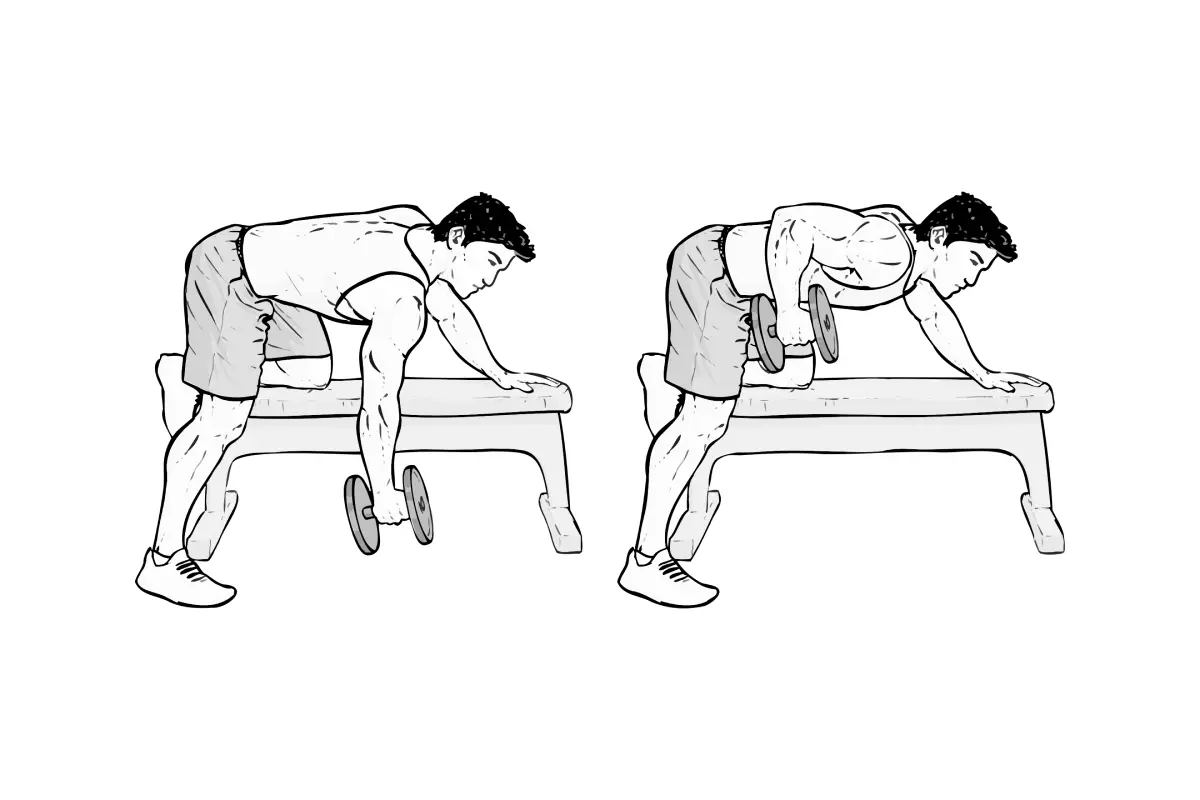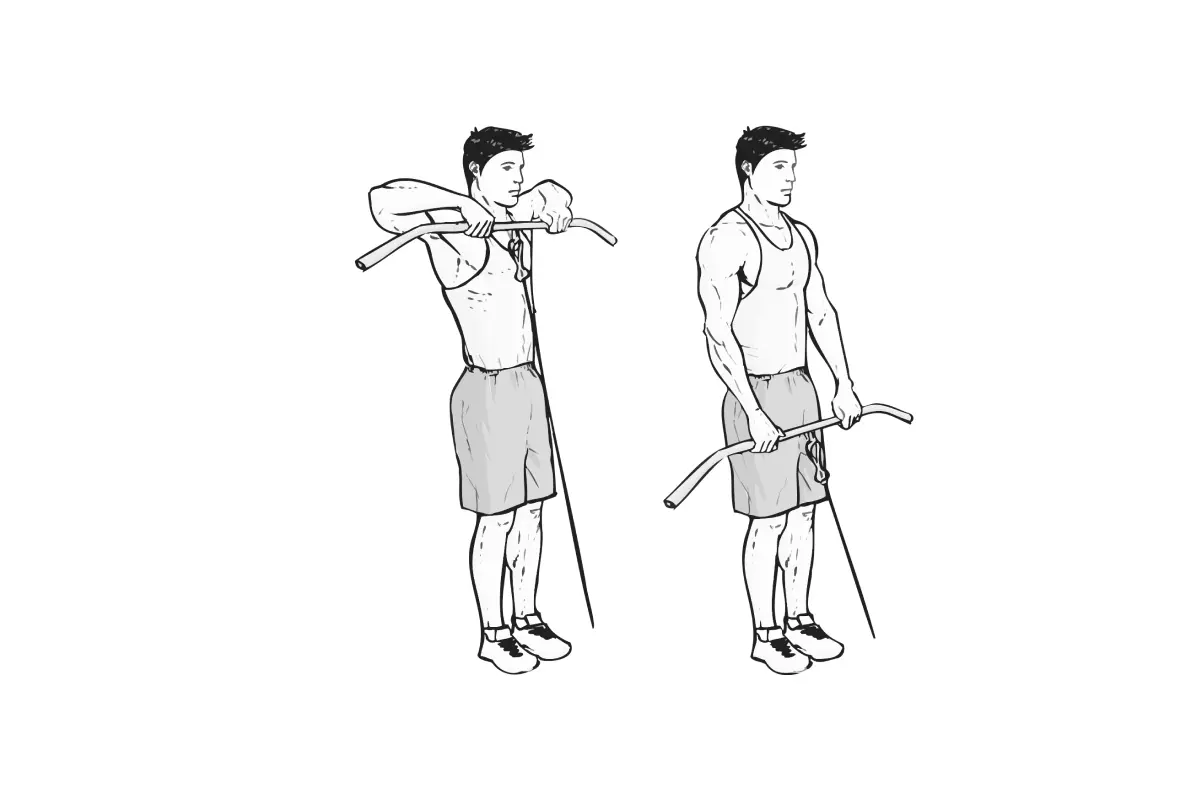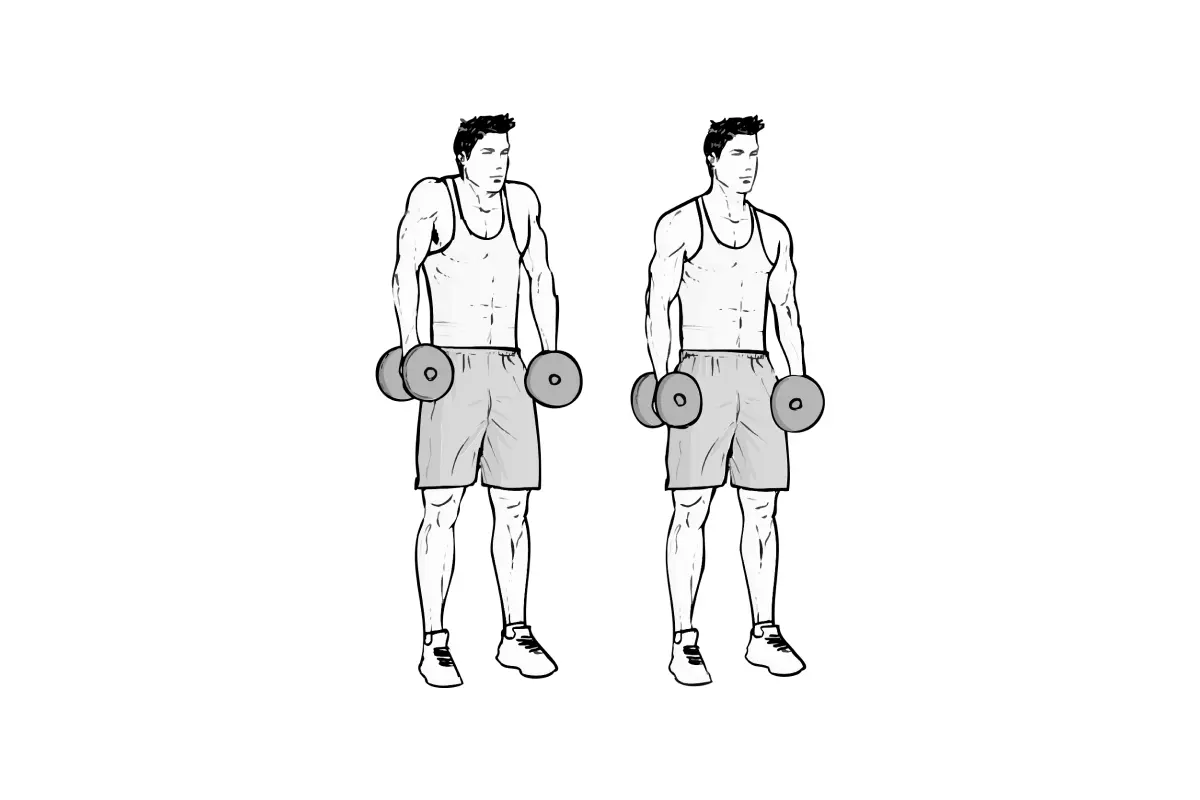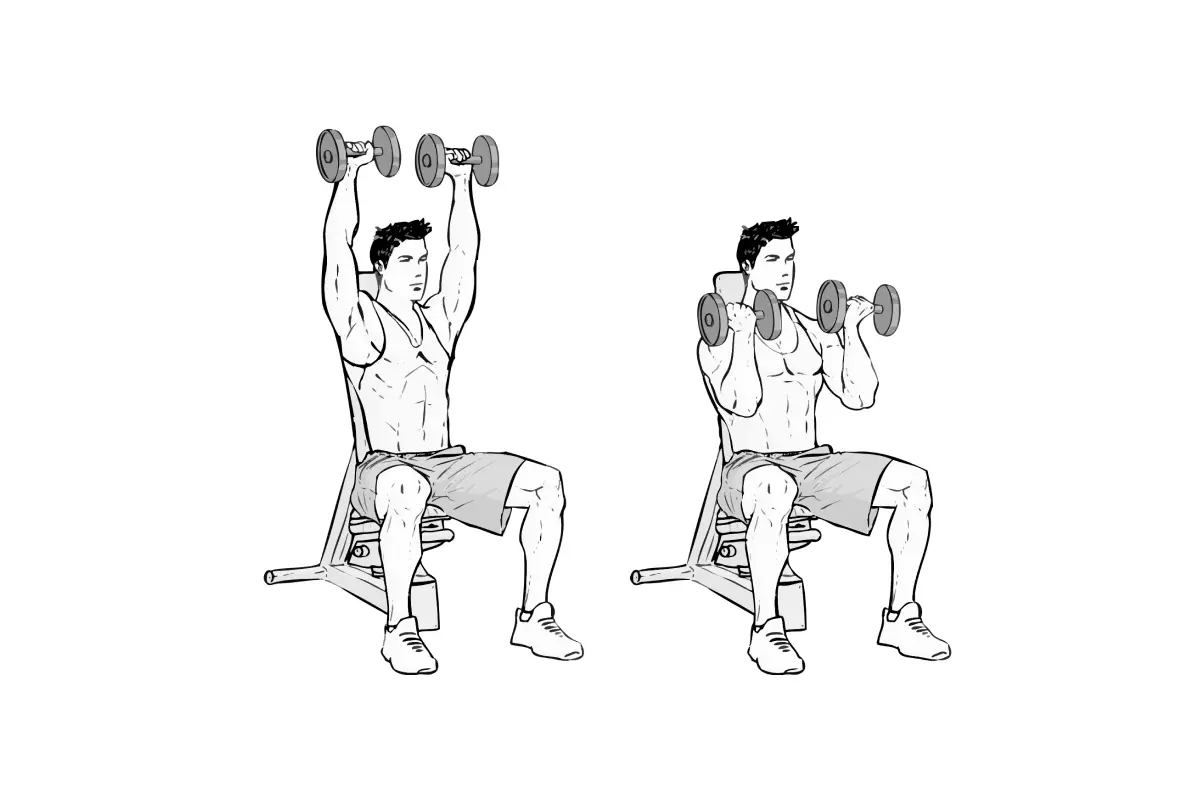One-arm dumbbell bench rows are a fantastic exercise for targeting the muscles in your back, particularly the latissimus dorsi, as well as engaging your shoulders, biceps, and core for stabilization. Here’s a step-by-step guide on how to perform them correctly:
Equipment required
Cable Station
Primary muscle group(s)
Lower Back, Upper Back & Lower Traps
How to do One Arm Dumbbell Bench Rows
Place a dumbbell on each side of a flat bench.
Place your right knee on the end of the bench.
Bend your torso from the waist until your upper body is parallel to the floor, while placing your right hand on the bench in front of you for support.
With your left hand, pick up the dumbbell with an overhand grip. The palm of your hand should be facing towards you.
Keep your lower back straight. This is the starting position.
Using your back muscles, pull the dumbbell straight up to the side of your chest, keeping your upper arm close to your side. Exhale as you do this.
At the top of the movement, hold for a count of one and squeeze your back muscles.
Return to the starting position while inhaling. Repeat.
Complete all repetitions for one side before switching sides.
Tips for Effective Execution
- Keep your back straight and avoid rounding your spine to prevent injury.
- Engage your core throughout the exercise to stabilize your torso.
- Avoid jerking the weight up. Use a controlled motion to lift and lower the dumbbell.
- Breathe out as you pull the dumbbell towards your hip and inhale as you lower it back down.
- Avoid lifting your torso up as you pull; the motion should come from your arm and back muscles.
- Make sure to keep your neck neutral, aligning it with your spine, to avoid strain.
Performing one-arm dumbbell bench rows correctly will help you build strength and muscle in your back and supporting muscle groups. Always prioritize form over weight to maximize benefits and minimize the risk of injury.












